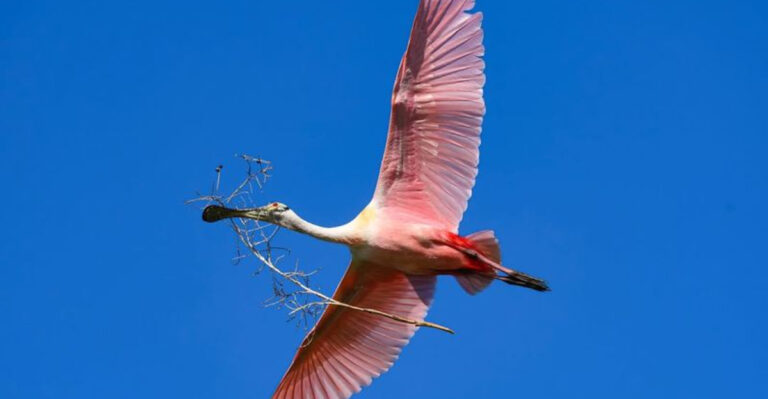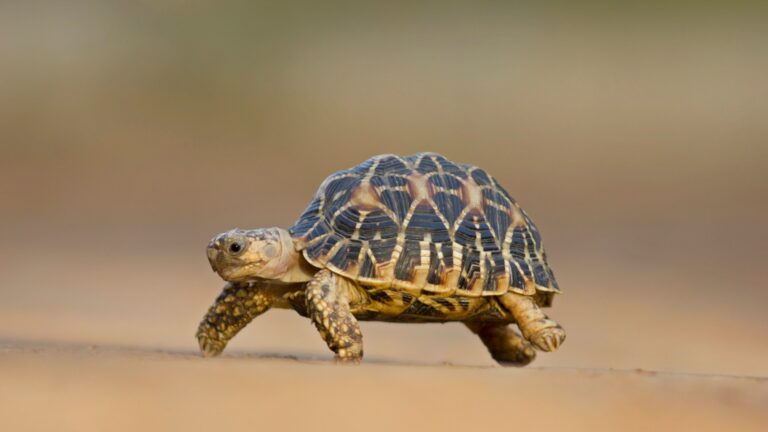13 Wild Facts About Caribou Migration Across North America

Caribou undertake one of nature’s most impressive journeys across the vast wilderness of North America. Each year, these magnificent creatures travel thousands of miles in search of food and safe places to have their young.
Their migration isn’t just amazing to watch – it’s crucial for northern ecosystems and the indigenous communities who have depended on caribou for centuries.
1. Marathon Champions Of The Animal Kingdom
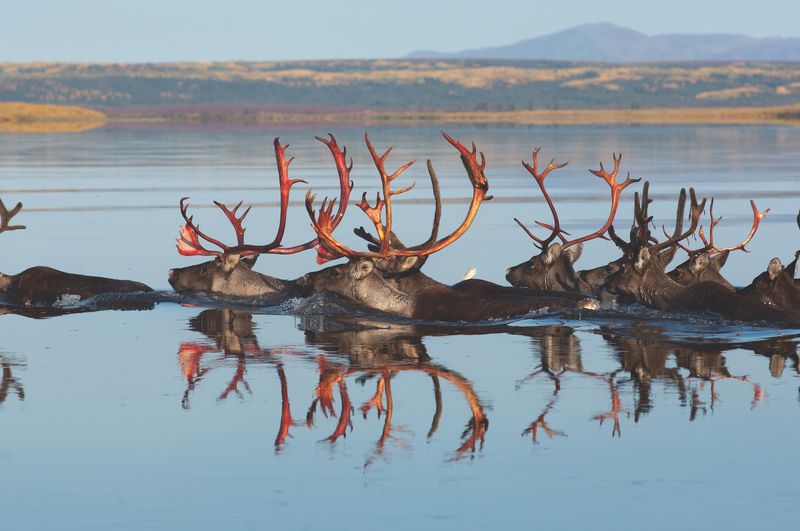
Caribou travel over 3,000 miles annually, making their journey longer than famous African migrations. These incredible animals keep moving almost constantly through harsh arctic conditions.
Their epic trek would be like walking from New York to Los Angeles and partway back! Native peoples have followed these migrations for thousands of years, building their cultural calendars around caribou movements.
2. Fearless Water Crossers
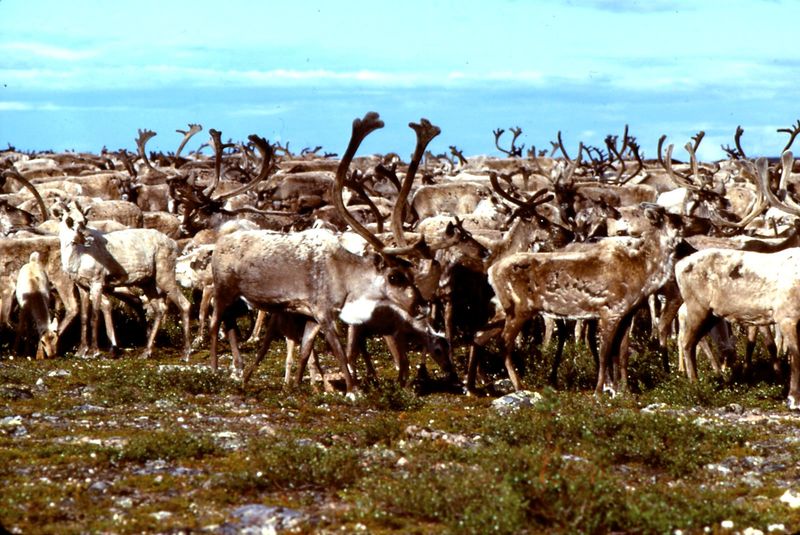
When rivers or lakes block their path, caribou don’t hesitate. They plunge into frigid waters, swimming powerfully with broad hooves acting as paddles.
Their hollow hair traps air, providing excellent buoyancy and insulation against the cold. Young calves sometimes struggle in strong currents, so mothers position themselves upstream to break the water flow, creating easier swimming conditions for their babies.
3. Secret Nursery Locations
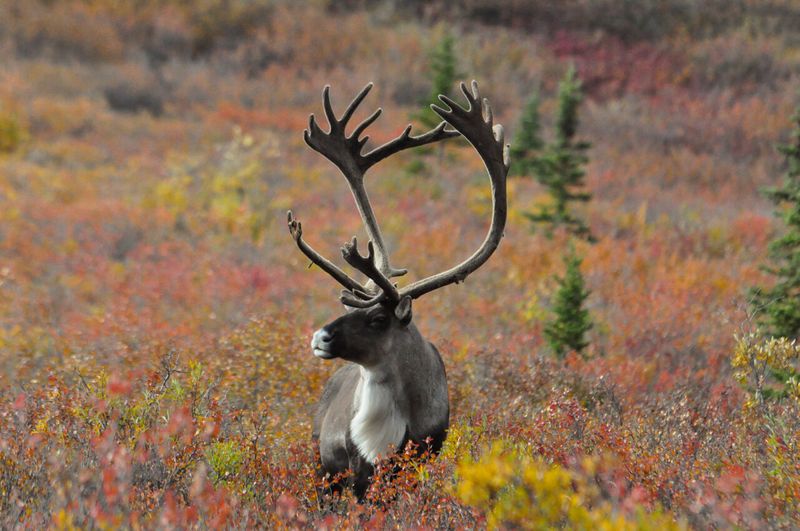
Female caribou are extremely particular about where they give birth. They journey to remote, high-elevation areas where predators are scarce and nutritious spring plants emerge early.
The isolation provides crucial protection for vulnerable newborns. Most amazing of all, many caribou return to the exact same calving grounds year after year, using an internal compass scientists still don’t fully understand.
4. One-Day Distance Records
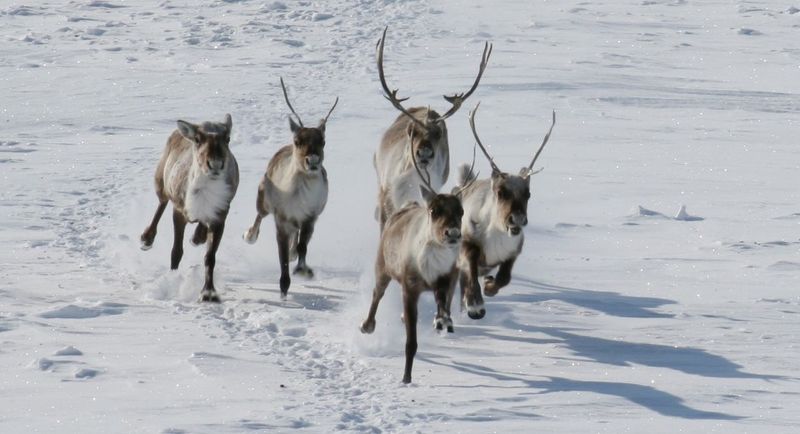
When caribou are in full migration mode, they become unstoppable walking machines. Tracking studies have recorded herds covering 50+ miles in a single 24-hour period!
They move with purpose, barely stopping to rest or eat. This urgent pace isn’t random—it’s timed perfectly with seasonal plant growth, ensuring herds arrive exactly when food is most nutritious and abundant.
5. Ancient Pathways In Their DNA
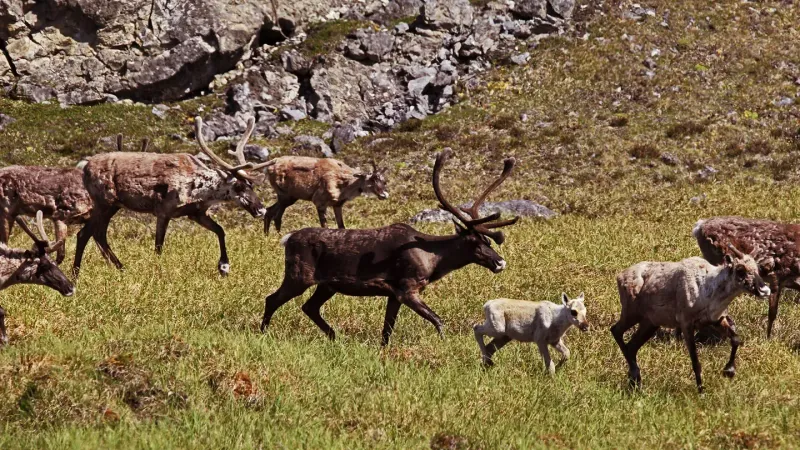
The migration routes caribou follow today were established by their ancestors thousands of years ago. Young calves learn these ancient highways by following their mothers and the rest of the herd.
Some paths are so old they were first traveled when glaciers still covered parts of North America! This knowledge passes from generation to generation without maps or GPS—just memory and instinct guiding them across vast distances.
6. Shape-Shifting Feet
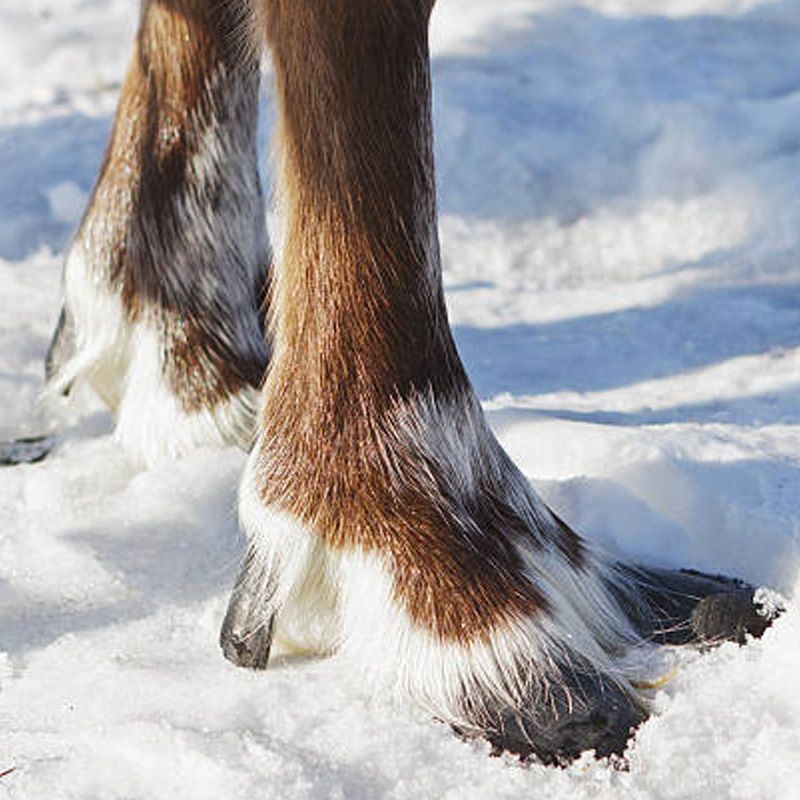
Caribou hooves transform with the seasons! During summer migrations, their footpads become soft and spongy, spreading wide to prevent sinking into mushy tundra.
Come winter, these same hooves shrink and harden, with sharp edges perfect for breaking through ice and snow. The edges of their hooves grow longer too, providing crucial traction on slippery surfaces—nature’s perfect adaptation for year-round travelers.
7. Living Rivers Of Animals
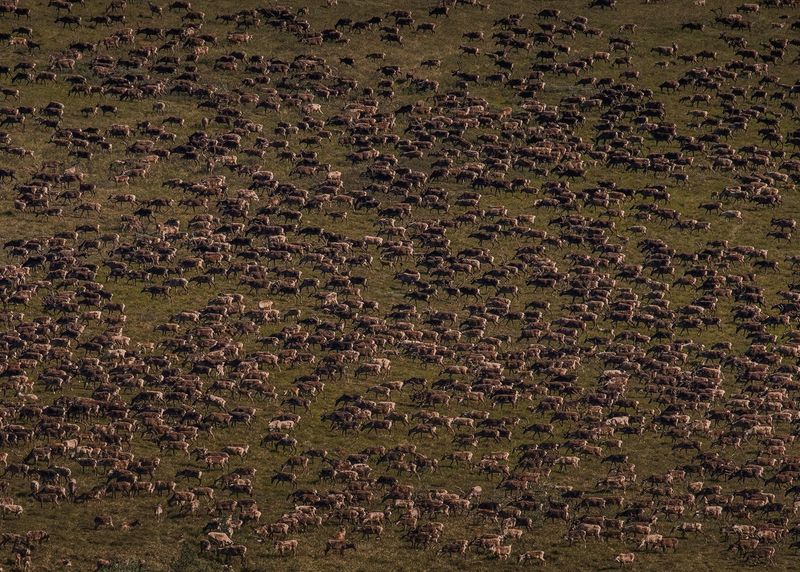
When the Western Arctic Herd moves, it creates one of Earth’s most spectacular wildlife displays. Nearly 200,000 animals flow across the landscape like a living river!
From the air, these massive herds resemble shifting clouds drifting across the tundra. The ground literally trembles under their hooves. Indigenous hunters could feel these vibrations from miles away, alerting them that the caribou were coming.
8. Nature’s Ecological Dominoes
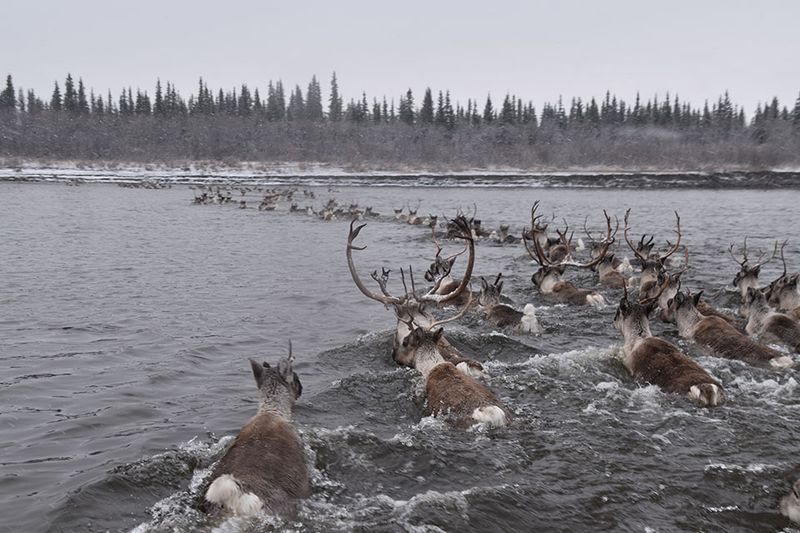
Caribou don’t just migrate – they transform entire ecosystems as they travel! Their hooves churn soil, dispersing seeds and creating microhabitats for plants.
Predators like wolves and bears follow their movements, timing their own reproduction around caribou availability. Even insects and birds adjust their life cycles to match caribou presence. Remove caribou from this equation, and dozens of other species would struggle to survive.
9. Sun-Synchronized Travelers
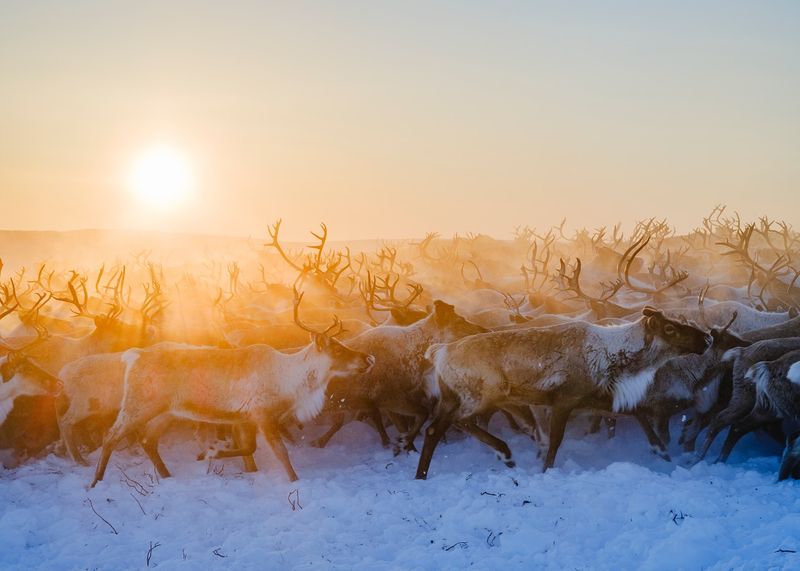
Caribou have internal calendars tuned to daylight changes. Their bodies respond to shifting day length, triggering hormonal changes that prepare them for seasonal journeys.
Northern herds experience extreme light variations—from constant darkness in winter to midnight sun in summer. This natural phenomenon helps synchronize entire herds, ensuring they move together at precisely the right time each year.
10. Females Rule The Winter Roads
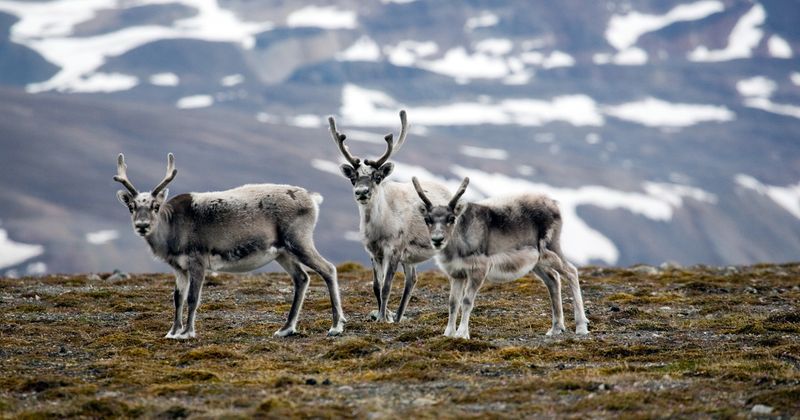
Unlike most deer species, female caribou keep their impressive antlers all winter while males shed theirs after mating season. This gives mothers and pregnant females a competitive edge during harsh winter migrations.
When food is scarce beneath the snow, antlered females can defend feeding areas against males. This unique adaptation ensures pregnant caribou get enough nutrition during the critical months before spring calving.
11. Ultraviolet Vision Guides Their Way
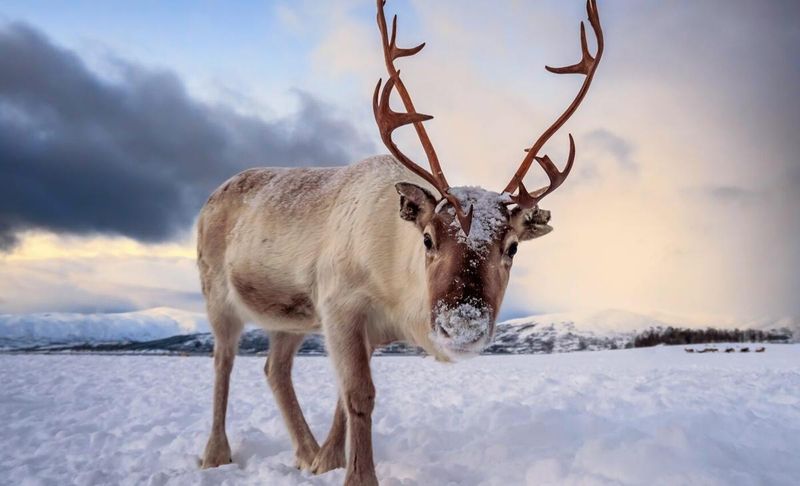
Caribou possess a superpower invisible to human eyes—they can see ultraviolet light! This extraordinary vision helps them spot lichen (their favorite winter food) glowing against snow.
It also reveals predator urine marks and helps them navigate during the blue twilight of arctic regions. Their specialized eyes evolved specifically for migration through landscapes that appear completely white to us but contain crucial visual information in the UV spectrum.
12. Modern Obstacles On Ancient Paths
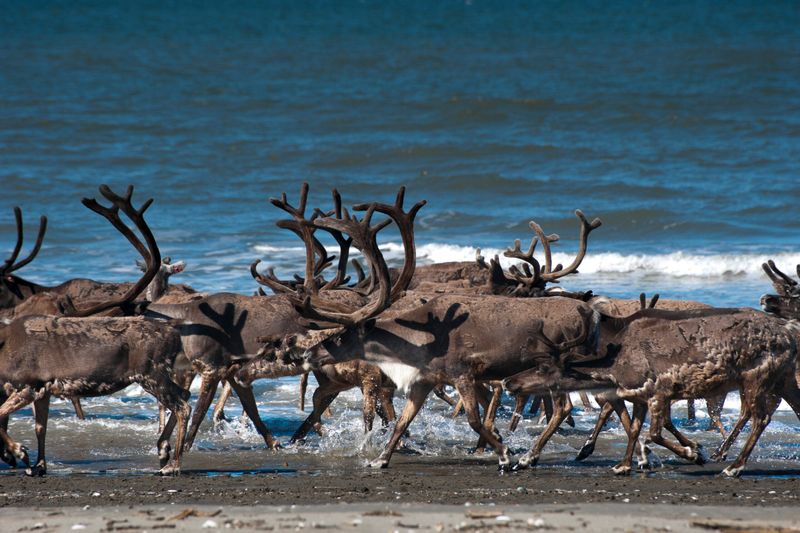
Today’s caribou face challenges their ancestors never encountered. Oil pipelines, highways, and mining operations now intersect migration corridors that remained unchanged for millennia.
Some herds must navigate around massive infrastructure or cross busy roads. Others abandon traditional routes entirely. Scientists and indigenous communities are working together to map crucial pathways and design wildlife crossings that help preserve these ancient migrations.
13. Vanishing Herds Crisis
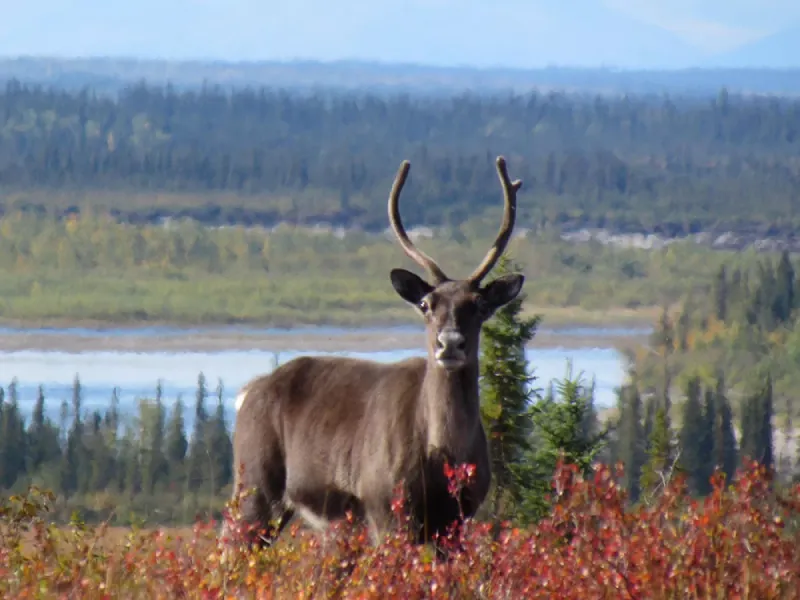
The George River caribou herd once numbered nearly 800,000 animals. Today, fewer than 8,000 remain—a shocking 99% decline. Similar patterns affect herds across North America.
Climate change alters the timing of plant growth, creating mismatches with migration schedules. Industrial development fragments habitat. Without immediate conservation action, some of Earth’s most spectacular migrations may disappear within our lifetime.





